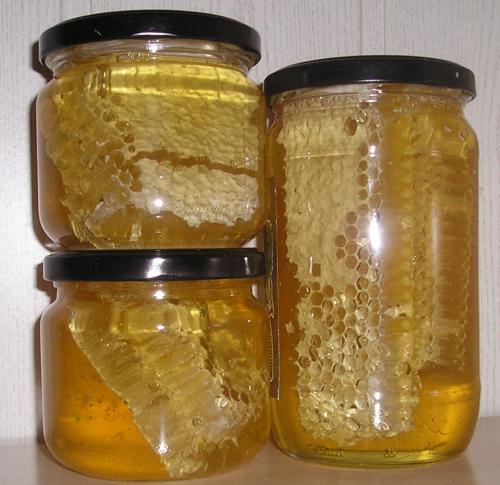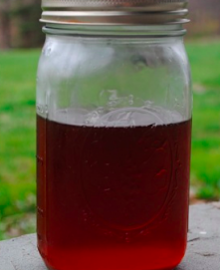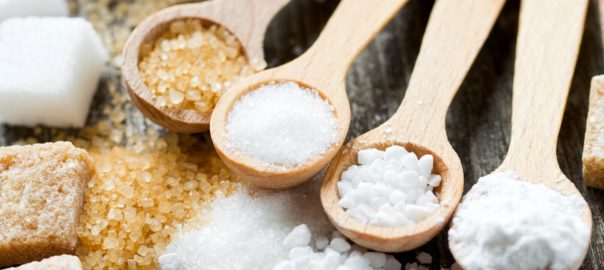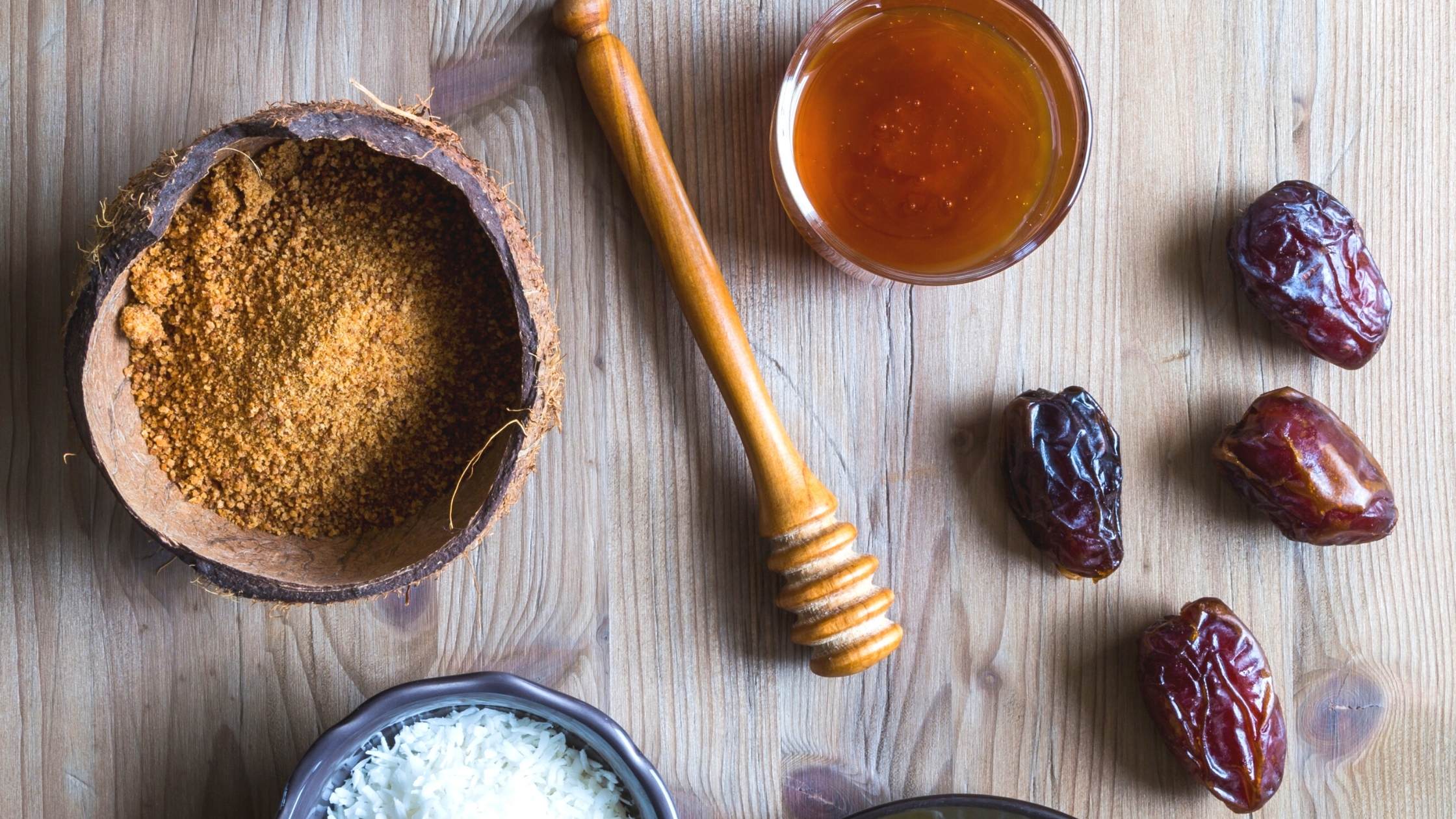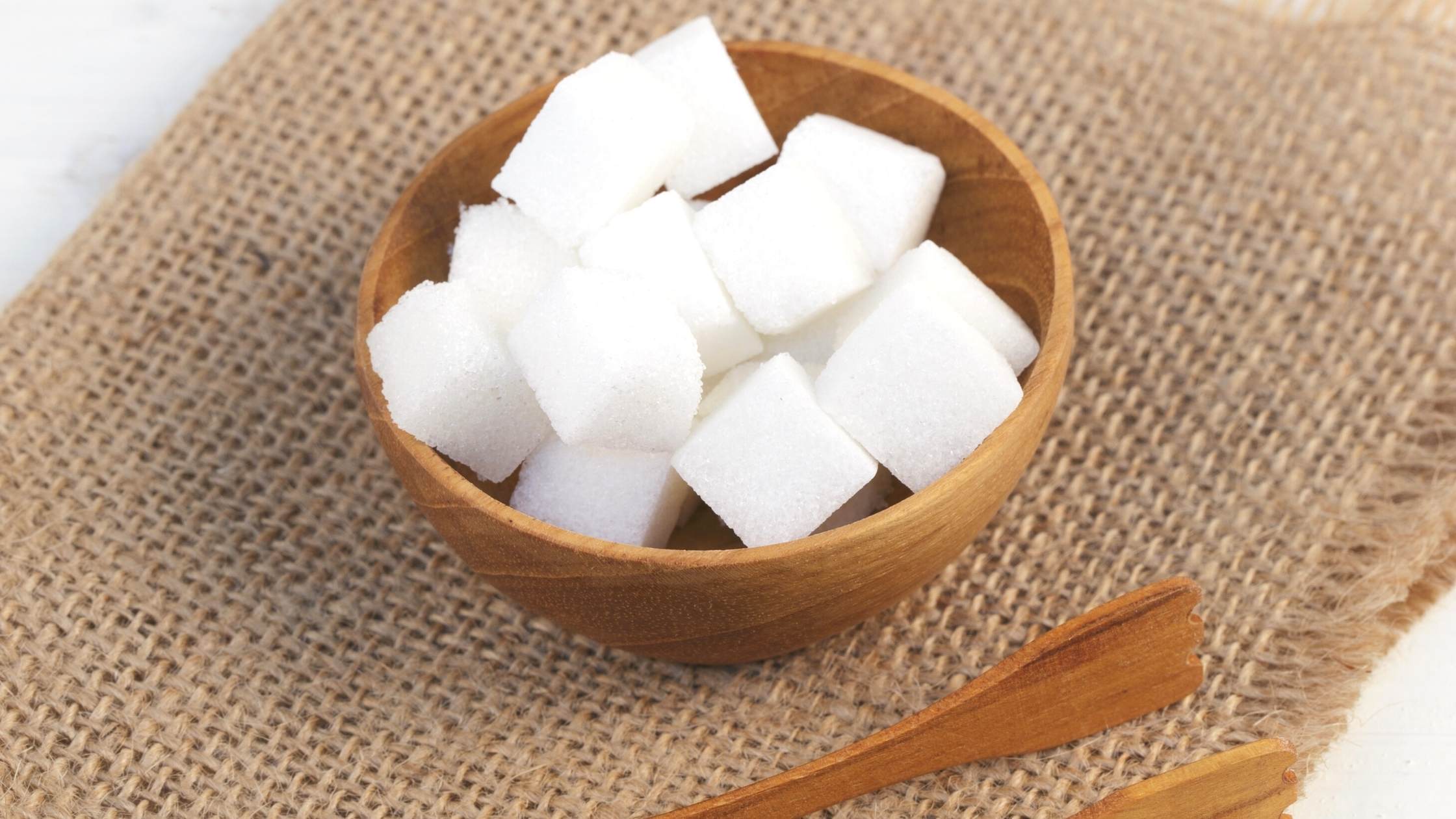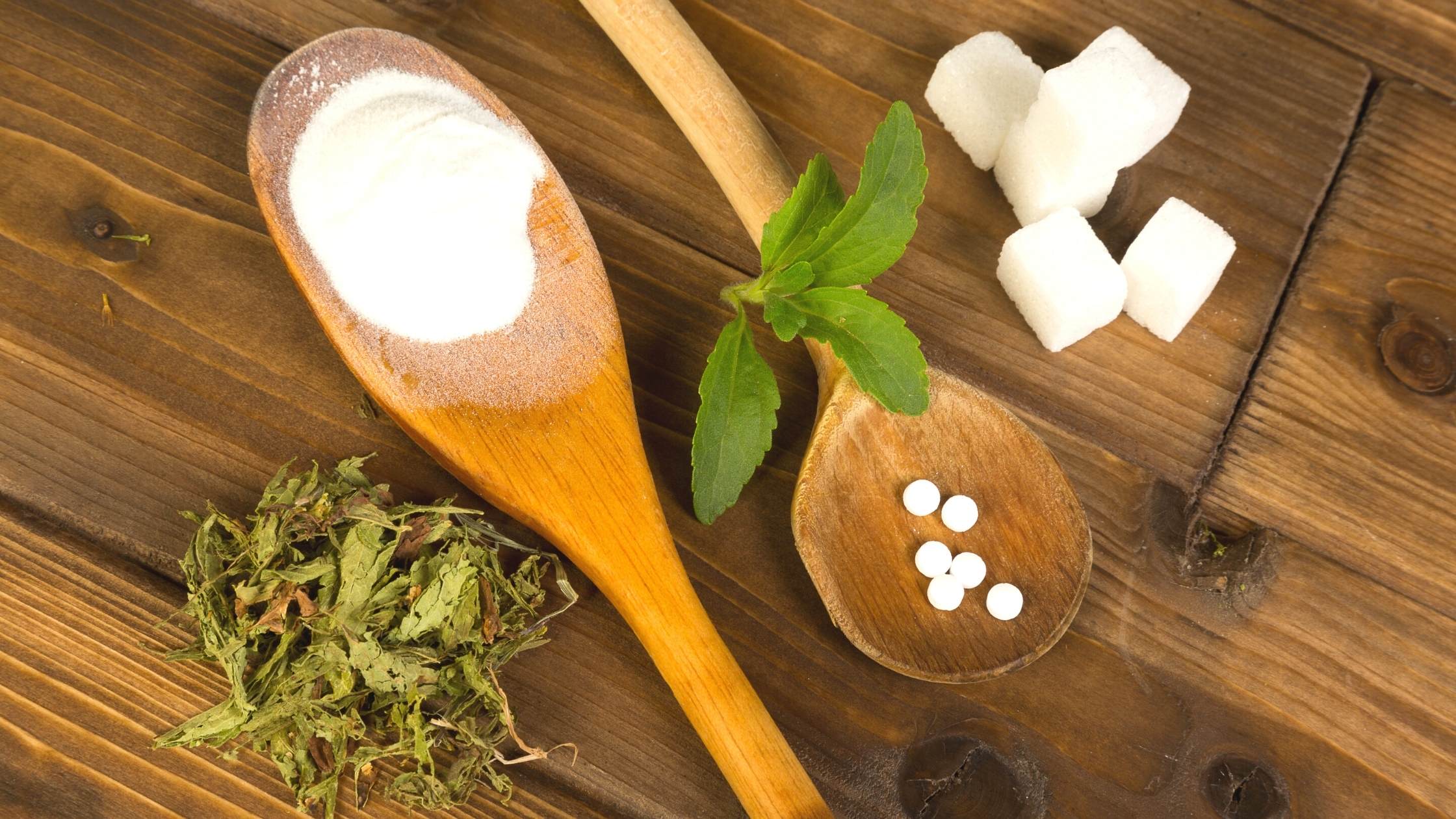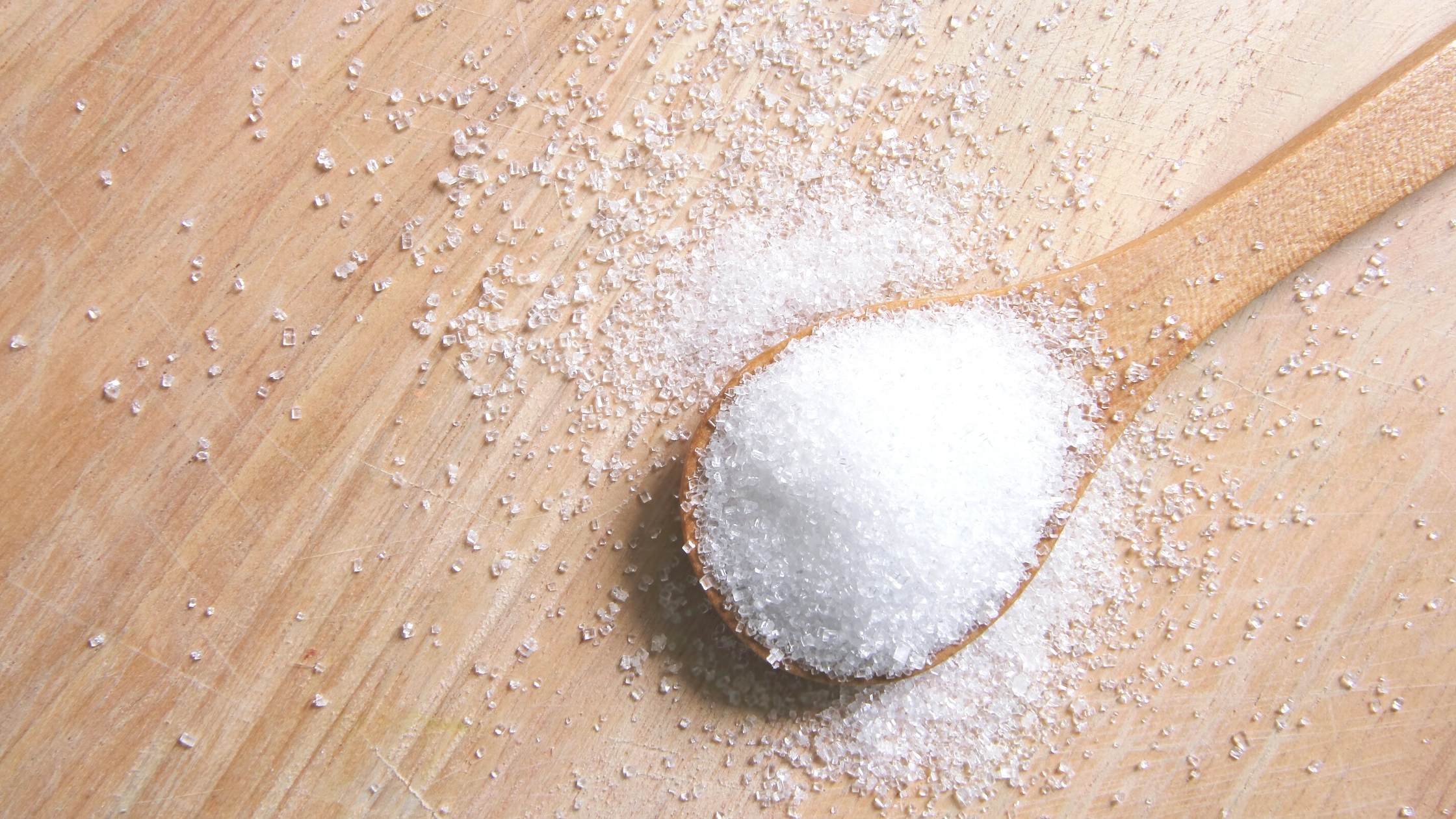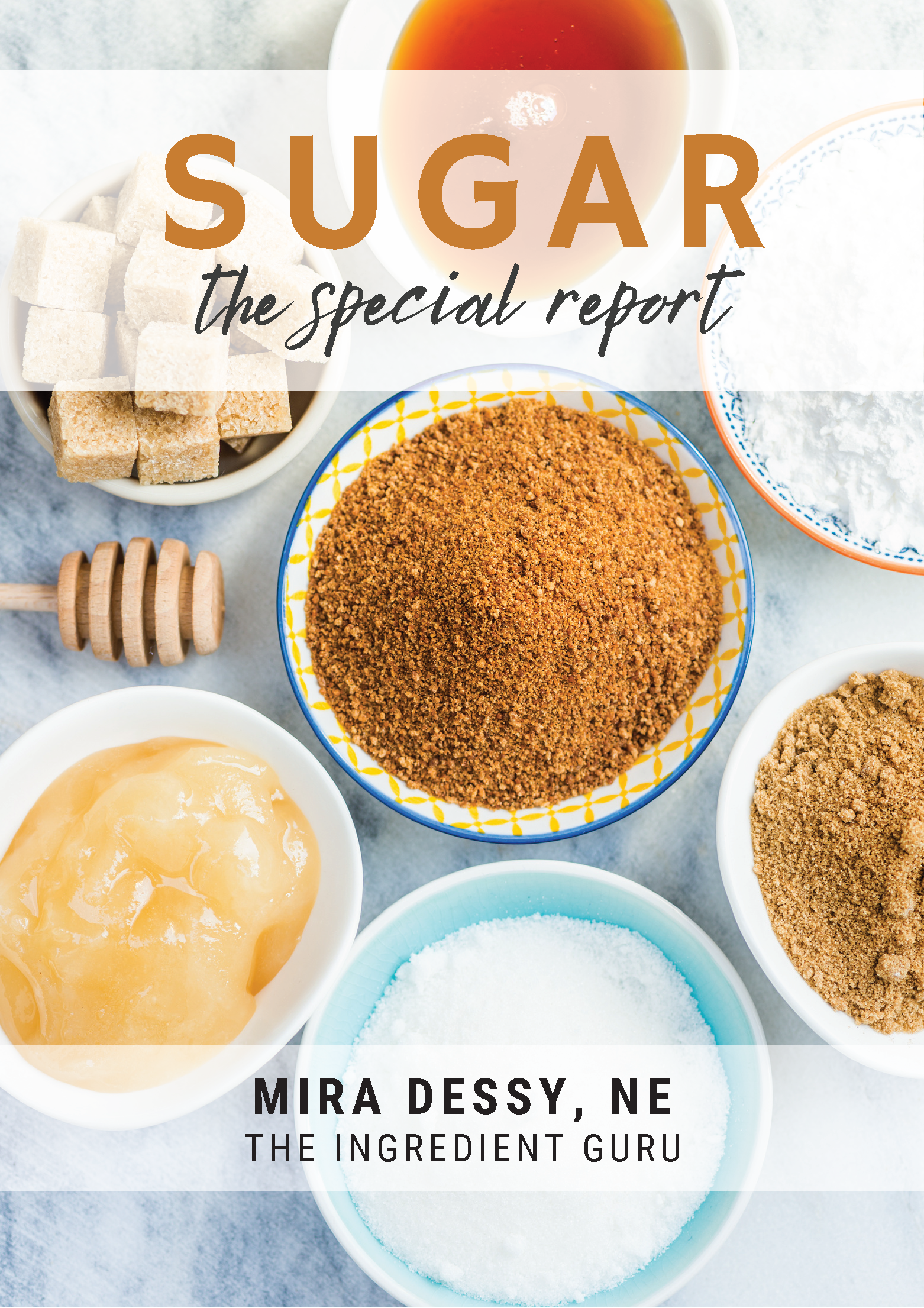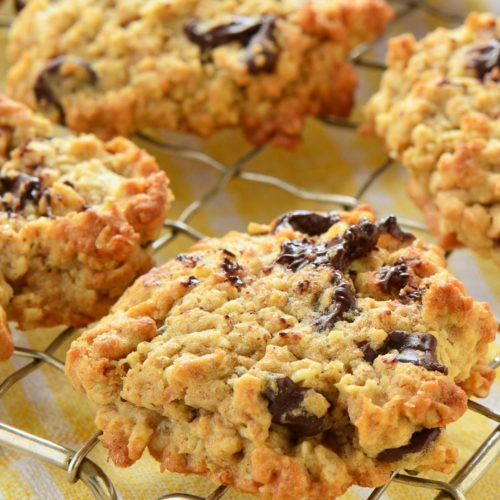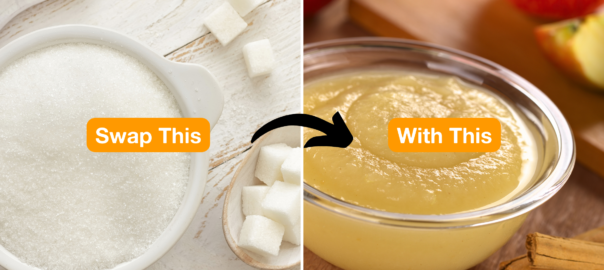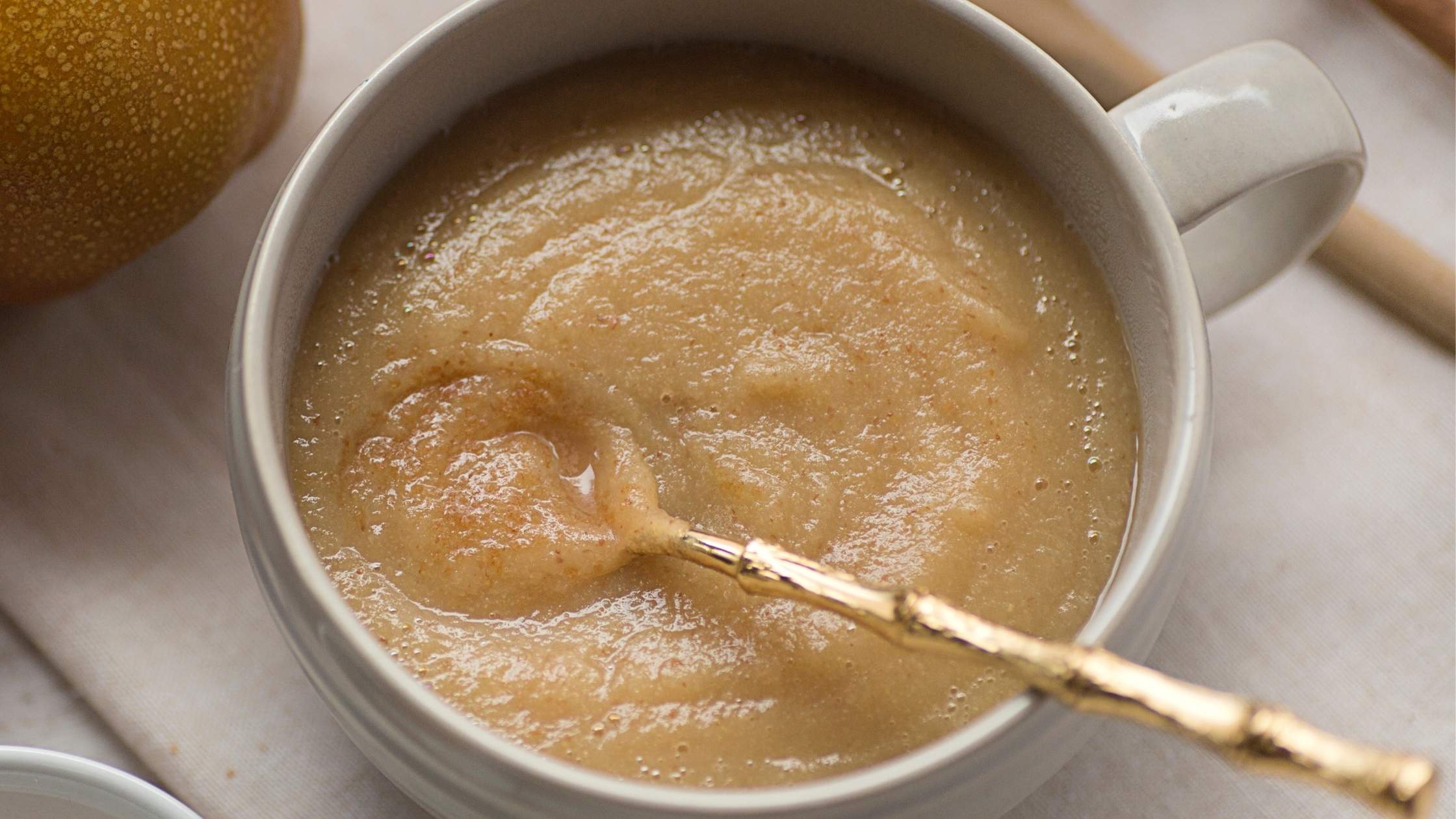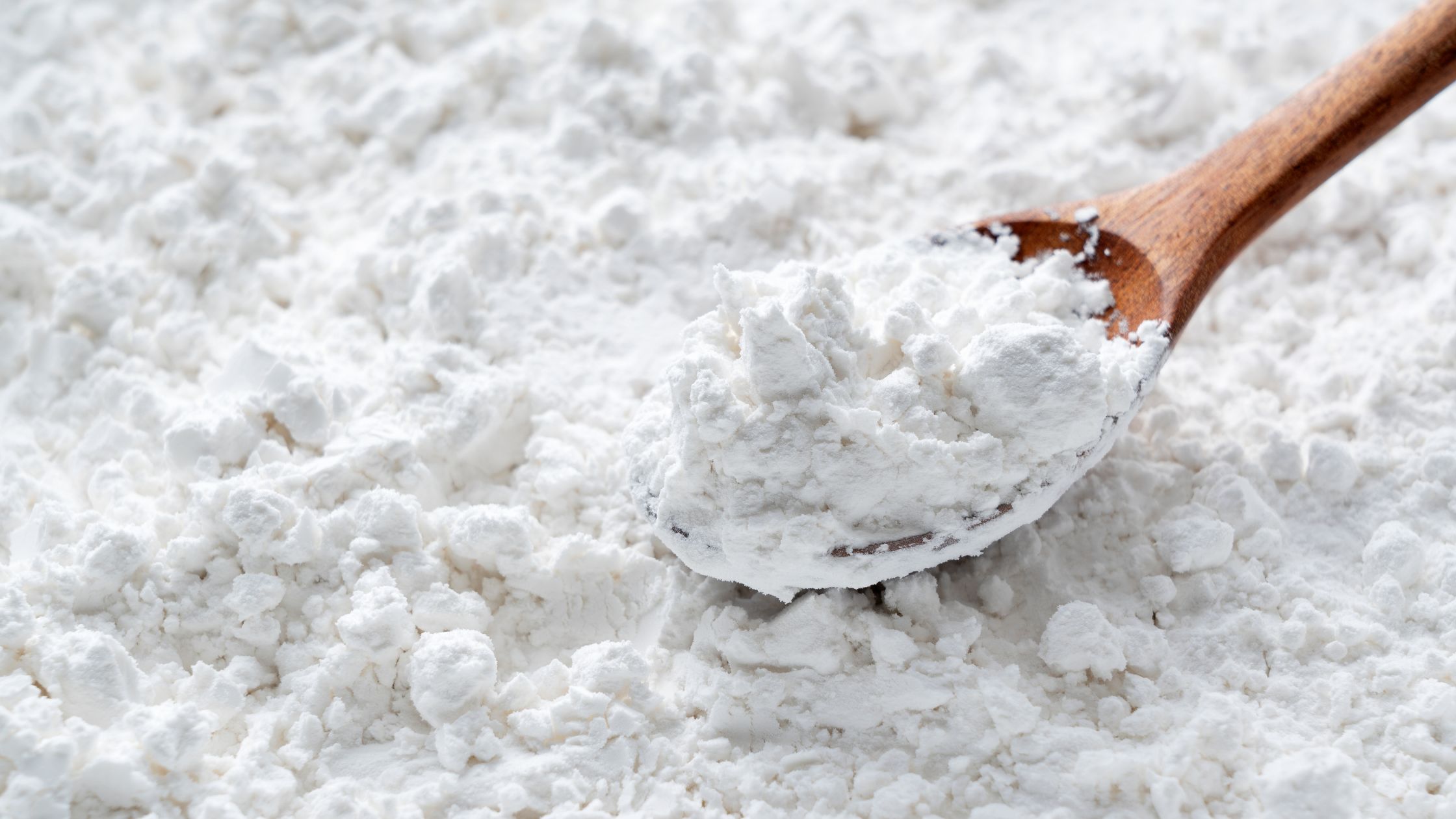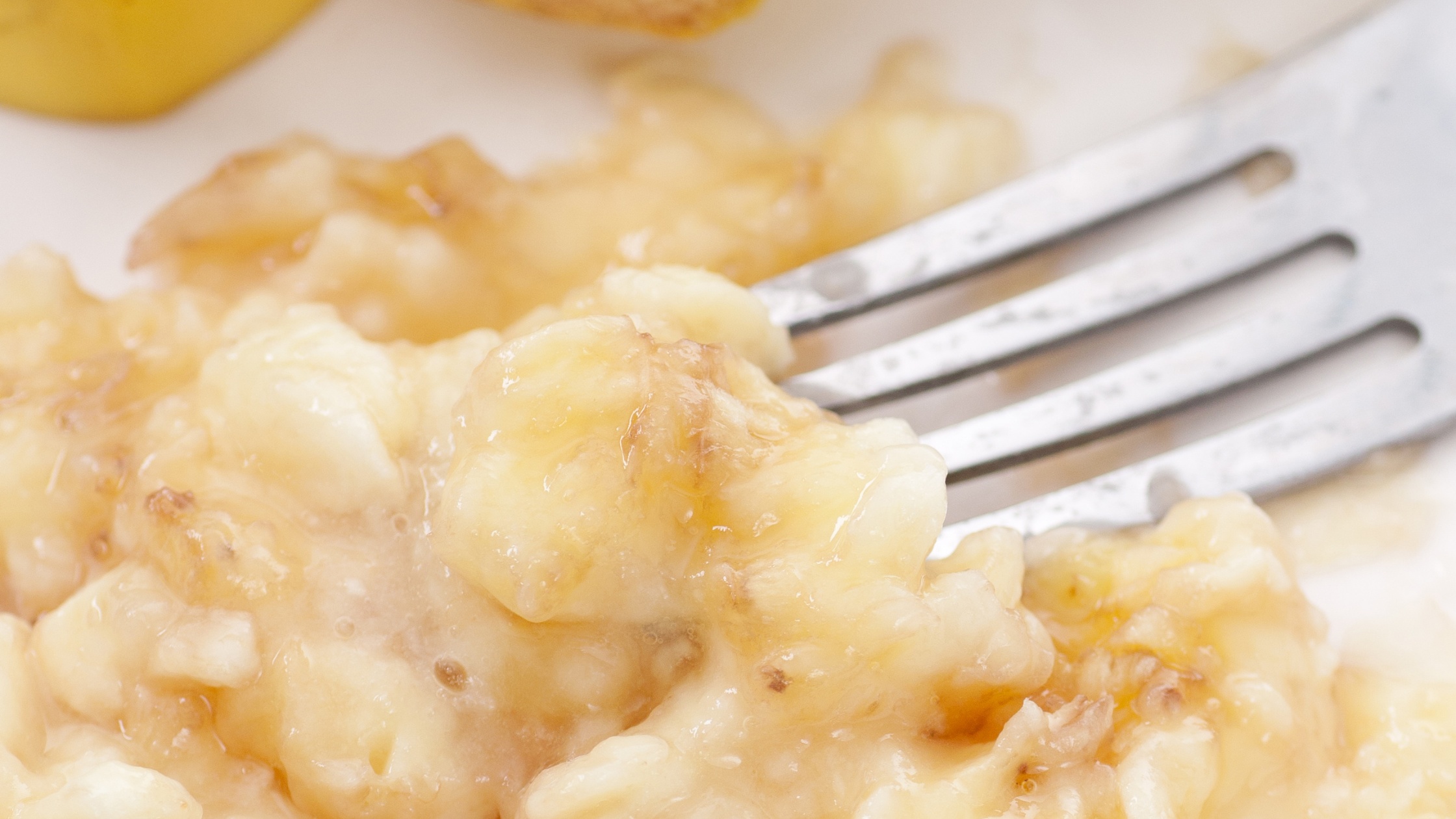 Long used by people as a source of sweetener, honey is added to foods and beverages, but can also be used for medical purposes. As a sweetener it is primarily composed of fructose and glucose. While mild and health supporting, honey does present a health hazard to children under one year of age due to the potential for naturally occurring botulism spores. For this reason children under one year of age should not be given honey.
Long used by people as a source of sweetener, honey is added to foods and beverages, but can also be used for medical purposes. As a sweetener it is primarily composed of fructose and glucose. While mild and health supporting, honey does present a health hazard to children under one year of age due to the potential for naturally occurring botulism spores. For this reason children under one year of age should not be given honey.
There are various kinds of honey available, all made from different nectar sources. These different types of honey have a number of properties which can help treat a range of health problems. A few types include avocado, clover, fireweed, buckwheat, blueberry, alfalfa, eucalyptus, but there are many more. Honey also comes in a number of different forms, crystalized, raw, on the comb, creamed, and dry among them.
Honey is produced in all over the globe; in United states alone there are over 300 different kinds. When it comes to taste, darker honey has a stronger taste while the lighter honey is milder in flavor.
When it comes to health benefits, Manuka honey is at the top of the list. It is produced mainly in New Zealand where the bees feed off of the Manuka plant (which is native to New Zealand). What sets Manuka honey apart from other varieties is it's anti-bacterial properties.
Normally used to treat minor burns and wounds, it can also be used for a wide variety of health issues. Not only does it have extraordinary antibacterial properties, it also boasts great antiviral, antioxidant, and antimicrobial properties as well. There is even emerging evidence that manuka honey may fight MRSA and possibly prevent antibiotic resistant bacteria.
Below is a list of common ailments helped by the use of manuka honey?
Hair Problems: Many people believe it can prevent common hair problems like split ends, hair loss, hair thinning, dry scalp, and more. simply mix a tablespoon of the honey, a tablespoon of mayo, and an egg together and then apply it directly to your hair.
This will also help moisturize your hair in the process to help give your hair a good shine. Make sure you massage the mixture into your head and leave it there for at least 10 minutes before rinsing out.
Stomach Problems: Manuka honey is thought to help calm your stomach for certain issues such as indigestion, stomach ulcers, and acid reflux. Suggested usage is to eat 1 to 2 tablespoons of the honey thirty minutes prior to consuming a meal. The beneficial properties of the Manuka will quickly go to work to calm your stomach.
Colds and Coughs: The antibacterial properties can coat your throat and stop the coughing. Some suggest that is may also fight off bacteria. Suggested usage is 1 tablespoon of raw Manuka honey to help fight a cold when you feel it coming on.
Gum Disease: Another antibacterial use for Manuka is it's use as a mouthwash to help eliminate bacteria responsible for gum disease, bad breath, and tooth decay.
Cuts & Burns: Manuka honey is also used for treating minor cuts, scrapes, and burns. Once the wound is cleaned thoroughly apply the honey directly to it and make sure you cover the surrounding area of the cut as well.
Found in most health food stores, more grocery stores are beginning to stock it as well. To make sure you are getting 100% raw Manuka honey with all its health benefits you have to check the UMF of the brand. If you notice a brand of Manuka honey doesn't have the certified UMF trademark on it don't buy it.
John Maddox writes articles for a variety of sites. He also runs the website How To Get Rid Of Cellulite promoting natural ways to get rid of cellulite.
photo: Fir0002/Flagstaffotos

